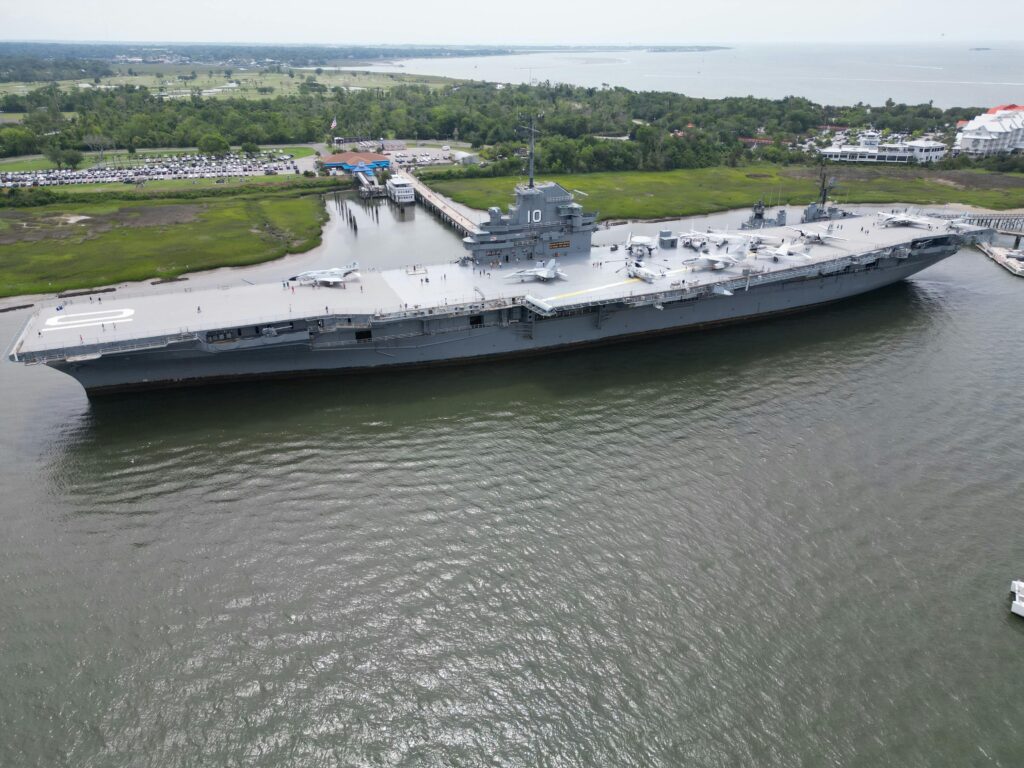
The Future of Naval Power: Drone-Carrying Ships and Unmanned Fleets
Naval warfare is entering a new era—one where automation, autonomy, and unmanned systems redefine how power is projected at sea. While traditional warships and aircraft carriers still dominate, the future lies in hybrid fleets combining crewed ships with drone-carrying platforms and fully autonomous vessels.
Rise of Drone-Carrying Naval Platforms
Modern navies are investing heavily in ships that can deploy, recover, and command air and sea drones. These vessels extend the operational range, surveillance reach, and strike capabilities of a fleet without endangering crewed assets.
- TCG Anadolu (Turkey): Originally designed as an amphibious assault ship, TCG Anadolu has been repurposed to operate armed drones like Bayraktar TB3 and Kızılelma UCAVs, creating the world’s first drone carrier.
- USS Zumwalt (USA): Although primarily a stealth destroyer, Zumwalt-class ships are being adapted to launch hypersonic missiles and may host unmanned systems in future upgrades.
- Type 076 (China): An amphibious assault ship under development with electromagnetic catapults reportedly aimed at launching drones and fixed-wing UAVs.
Emerging Role of Unmanned Surface Vessels (USVs)
Unmanned surface vessels are becoming critical components of naval operations. These remotely operated or autonomous ships are used for mine-hunting, reconnaissance, anti-submarine warfare, and even combat roles.
Examples include:
- Sea Hunter (USA): A DARPA-developed USV designed for anti-submarine operations, with autonomous navigation and long-endurance capabilities.
- JARI USV (China): A compact multi-role vessel capable of autonomous swarm tactics, surveillance, and missile launches.
Strategic Implications
The integration of drones into naval doctrine enhances maritime domain awareness, extends operational reach, and reduces risk to human operators. It also reshapes naval logistics, force projection, and power balance in contested regions such as the South China Sea, Mediterranean, and Indo-Pacific.
As these technologies mature, navies may shift from deploying single capital ships to operating distributed fleets of autonomous and semi-autonomous vessels. This transformation could result in more resilient and flexible maritime strategies, particularly in areas prone to electronic warfare or anti-access/area denial scenarios.
Conclusion
From drone carriers to AI-powered surface vessels, navies are quietly transforming into hybrid fleets. As nations race to control strategic sea lanes with fewer boots on deck, unmanned maritime systems are poised to become indispensable assets in 21st-century naval warfare. Their evolution will not only redefine naval tactics but also shape the future of maritime geopolitics and alliance-building.







